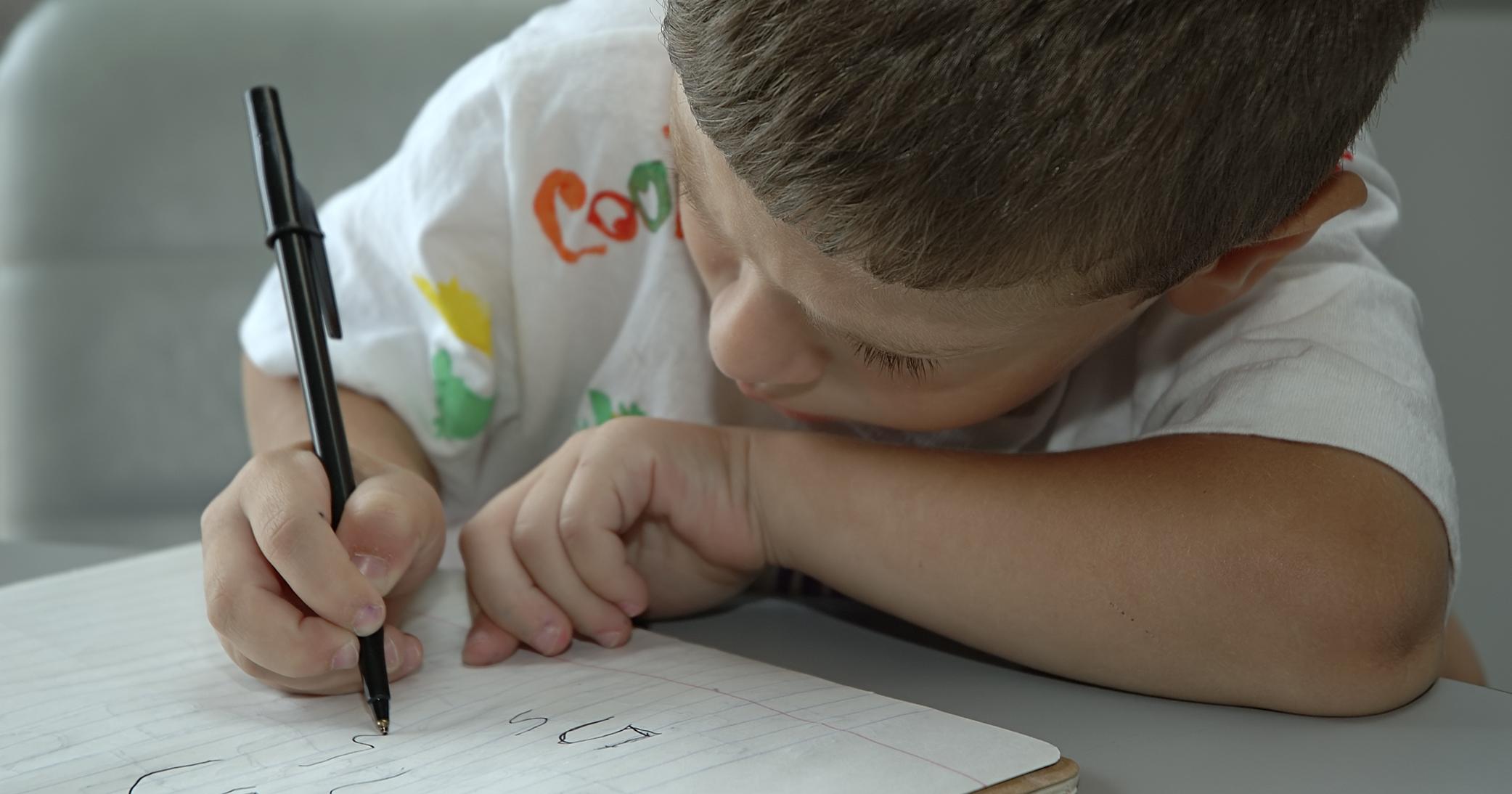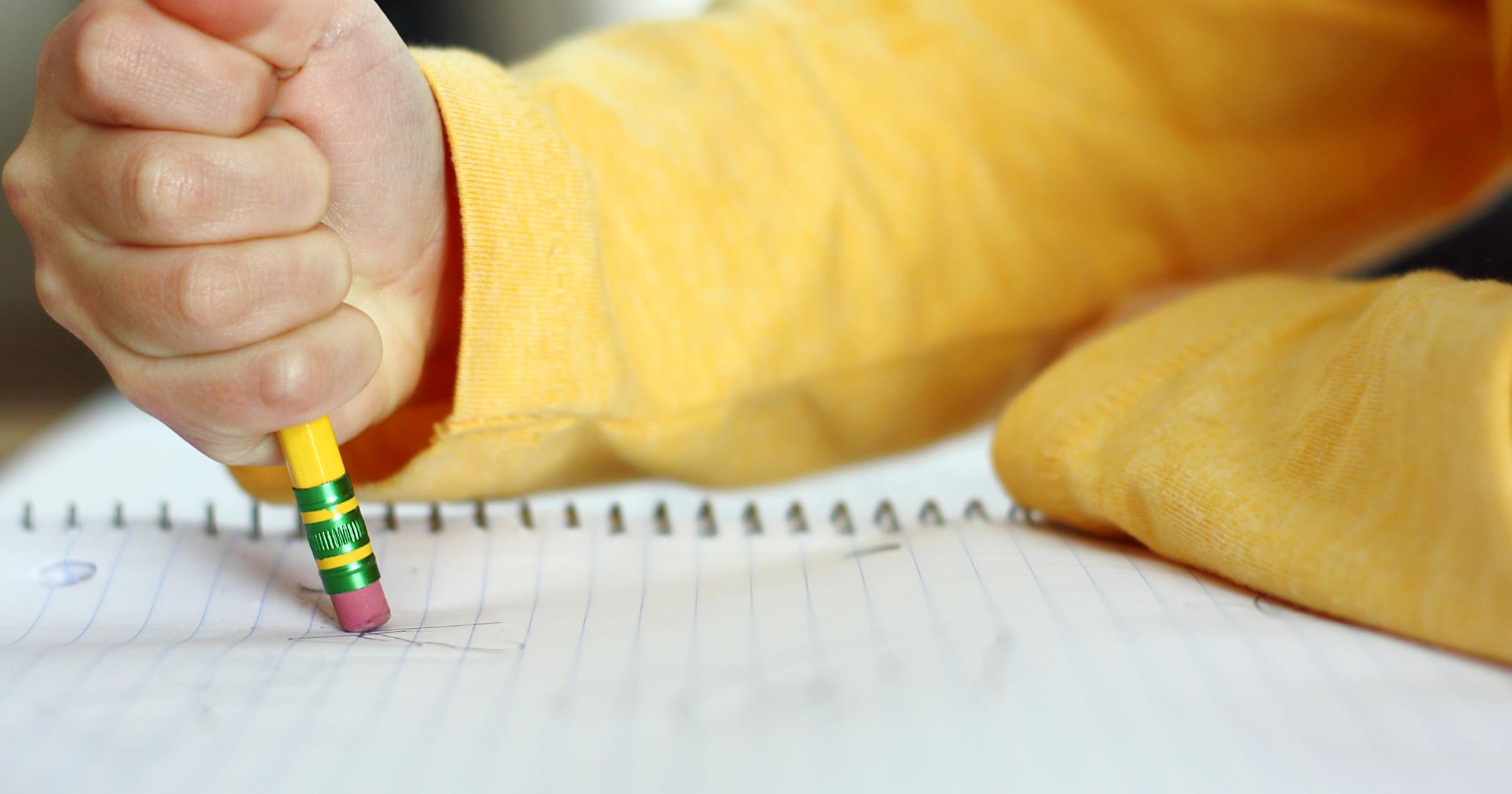Warning Signs Of Dysgraphia
Dysgraphia is a condition that may reveal deeper dysfunctions underlying the coordinated effort necessary to write coherently and follow rules of grammar. The elements of skill we must master before we can master the act of writing by hand include language skills, memory, focus, spatial and sequential ordering, and graphomotor coordination skills. If a child, adolescent, or adult is having difficulty with any of these elementary functions, they may develop signs of dysgraphia. To resolve dysgraphia, they may benefit from specific instruction on each element where there is questionable capacity. The graphomotor functions of adults as they age is especially pronounced in elderly individuals, and more impactive if they are also suffering memory problems. Below, we have expounded the various signs of dysgraphia in greater detail to help readers develop an understanding of the contours manifested by this disorder.
Inconsistent Letter And Word Spacing

Inconsistent letter and word spacing is a symptom typically seen in early writers. It may be an early sign of dyslexia as well as dysgraphia, as it demonstrates the child is seeing a mirror image of the letters and unable to coordinate the proper flow. Using cursive handwriting may solve this problem because the letters have more character and have to flow in a certain manner that prevents them from being flipped around. An additional method involves writing the letters, as if blindfolded, with your eyes closed. Symptoms are more plainly expressed when children demonstrate poor letter formation and spelling in spontaneous writing but good copy skills. A finger tapping speed test is used to rule out fine-motor skill causes.
Reveal more dysgraphia symptoms by continuing to read now.
Poor Spelling

As stated, poor spelling may be a sign of dysgraphia when it is combined with the other said symptoms. However, poor spelling may also indicate memory problems or attention problems from learning disabilities. One test that can be done to determine if it is a writing-centric challenge is to test whether the child knows how to spell a word properly orally or on a computer. Trying to figure out why they are having difficulty remembering how to spell words can more easily be determined if you are using sets of words with similar pronunciations, such as cat, bat, rat, hat, mat, and that. The English language can be confusing and causing a student to place too much stock in how one word is pronounced without understanding the complex origins of French, Latin, Old English, and Greek that diversify pronunciations for similar elements. This is in stark contrast to languages such as Spanish, where the elemental letters always carry the same uniform pronunciation sounds and structures.
Learn about more symptoms of dysgraphia now.
Cramped Grip

When writers develop a cramped grip, any number of factors may be involved. It may be they feel uncomfortable with holding a pen or pencil that would promote an evener flow of writing because it feels awkward. They may have subtle defects in the bone structure of their hands that makes the sensation of holding a stylus irritating because it puts pressure on these joints. They may be using the wrong sets of muscles and writing from their wrist or larger muscles. They may be gripping the stylus too closely to the tip and possibly holding their body or paper at an improper angle. For some students, it can take time for them to find a writing method they feel comfortable using by experimenting with various grips and instruments.
Reveal additional dysgraphia warning signs by reading more now.
Unclear Or Irregular Handwriting

As previously stated, unclear or irregular handwriting is a strong indication of dysgraphia if the other symptoms are also present. For others students, it may be due to a lack of fine-motor function, poor grip, or poor spatial sequencing. The rapid finger tapping test should be used to determine whether it is related to fine-motor-skill capacity. The reason may be unclear in other cases, and the student may simply have a learning disability making it difficult to comprehend the information or to process a coherent translation of it. Using lined paper, having students make rough drafts they improve upon for clarity, and using different pens or pencils can all be effective methods of retraining the processes.
Get the details on more dysgraphia symptoms now.
Frequent Erasing

Students who exhibit frequent erasing are likely suffering from dysgraphia, a similar condition, or a concentration issue, such as attention deficit disorder. They are getting mixed up on what type of information needs to be written at any given time and may have attention deficit. Treatments are available for a condition like ADD that help slow down the overactive thought processes that lead to difficulties in concentration and short-term memory problems. A person who has severe ADD may forget what a letter is about by the time they get to the end of reading it. It can actually hurt to think and, as a result, cause children to look for behavioral excuses to avoid applying themselves to the curriculum. Attention deficit disorder treatments are key to keep in mind here, as they have been used to treat dysgraphia as well, especially when the two conditions coincide.